Information
on Material and Technical Support for Educational Activities
in Literature
| Names of Material and Technical Support Items | Quantity Indicator / % of Provision | Notes |
|---|---|---|
| Library Collection (Printed Materials) | ||
| 1. Textbooks for each academic year (Grades 5–8: Author G.S. Merkin; Grade 9: Authors – S.A. Zinin, V.I. Sakharov, V.A. Chalmaev) | K/100% | |
| 2. Literature. Textbook for Grade 10 of General Education Schools, in two parts / compilers V.I. Sakharov, S.A. Zinin – 9th ed. – Moscow: "Russkoe Slovo", 2012 | ||
| 3. Literature. Textbook for Grade 11 of General Education Schools, in two parts / compilers V.A. Chalmaev, S.A. Zinin – 12th ed. – Moscow: "Russkoe Slovo", 2013 | ||
| 4. Comprehensive Reference Guide for University Applicants. Moscow: "Drofa", 1998 | D/100% | |
| 5. T.G. Kuchina, E.M. Boldyreva. School Literature Reference Book, Yaroslavl: "Academy of Development", 1998 | ||
| 6. Ways to Analyze a Literary Work, Belgorod, 1995 | ||
| 7. I.E. Kaplan. Analysis of Works of Russian Classics, Moscow: "Novaya Shkola", 1997 | ||
| 8. I.V. Zolotareva, T.I. Mikhailova. Lesson Plans for Russian Literature. Grade 9, Moscow: "Vako", 2004 | ||
| 9. A.I. Revyakin. History of 19th Century Russian Literature (First Half), Moscow: "Prosveshchenie", 1977 | ||
| 10. Russian Literature. Soviet Literature. Reference Materials, Moscow: "Prosveshchenie", 1989 | ||
| 11. Russian Literature. Anthology of Historical and Literary Materials. Grade 9, Moscow: "Prosveshchenie", 1994 | ||
| 12. Visual Aids. Literature, Moscow: "Spektr-M", 2008 | ||
| 13. T.G. Kuchina, E.M. Boldyreva. School Literature Reference Book, Yaroslavl: "Academy of Development", 1998 | ||
| 14. A.I. Revyakin. History of 19th Century Russian Literature (First Half), Moscow: "Prosveshchenie", 1977 | ||
| 15. Russian Literature. Reference Materials, Moscow: "Prosveshchenie", 1989 |
Printed Materials, Equipment and Devices
Literature Grade 7
1.1. Image, Character, Hero
1.2. Theme, Idea, Problem in a Literary Work
1.3. Heroic Epic in Russian and World Literature
1.4. The Ballad in Russian and World Literature
1.5. Features of Drama as a Literary Genre
1.6. System of Images in N.V. Gogol’s Play The Inspector General
1.7. M.E. Saltykov-Shchedrin’s Fairy Tales "for Children" of a Considerable Age
1.8. The Comic in Literature
1.9. How to Write a Literary Essay
1.10. How to Format Quotes in a Literary Essay
Literature Grade 6
2.1. Characters in a Literary Work
2.2. The Role of Landscape in a Literary Work
2.3. Humor in a Literary Work
2.4. Fable as a Literary Genre
2.5. Ballad as a Literary Genre
2.6. Features of Old Russian Literature (10th–17th centuries)
2.7. How to Prepare for Retelling a Text
2.8. How to Prepare for Expressive Reading of a Poem
2.9. Requirements for a Detailed Oral Answer
2.10. Methods for Revealing a Character’s Personality in a Literary Work
Literature Grade 8
3.1. Main Trends of Russian Literature in the 18th Century
3.2. System of Images in D.I. Fonvizin’s Comedy The Minor
3.3. Romanticism as an Artistic Movement
3.4. M.Y. Lermontov’s Poem Mtsyri as a Romantic Work
3.5. The “Little Man” in N.V. Gogol’s Works
3.6. The Concept and Historical Background of A.S. Pushkin’s Novel The Captain’s Daughter
3.7. System of Images in A.S. Pushkin’s The Captain’s Daughter
3.8. The Captain’s Daughter: Glossary of Historicisms and Archaisms
3.9. Main Motifs in N.A. Nekrasov’s Lyrics
3.10. Character Description in a Literary Work (Sample Outline)
Literature Grades 5–11
4.1. Artistic Systems in Literature
4.2. Classicism. Sentimentalism
4.3. Versification
4.4. Rhyme
4.5. Stanza
4.6. Types of Stanzas in Lyrics
4.7. Fixed Verse Forms
4.8. Lyric Genres
4.9. The Lyric Hero
4.10. Themes and Motifs in Lyrics
4.11. I.A. Goncharov Oblomov
4.12. Composition Features of I.S. Turgenev’s Fathers and Sons
4.13. Ideological Debate in I.S. Turgenev’s Fathers and Sons
4.14. Six Landscapes in I.S. Turgenev’s Fathers and Sons
4.15. Two Duels in L.N. Tolstoy’s War and Peace
4.16. A.N. Ostrovsky The Storm. System of Characters in the Drama
4.17. L.N. Tolstoy War and Peace. Kutuzov and Napoleon
4.18. N.A. Nekrasov Who Is Happy in Russia?
4.19. System of Images in I.S. Turgenev’s Fathers and Sons
4.20. Composition Features of L.N. Tolstoy’s War and Peace
4.21. Historical Basis of F.M. Dostoevsky’s Crime and Punishment
4.22. Reasons for Raskolnikov’s Crime
4.23. L.N. Tolstoy War and Peace
4.24. Searching for the Meaning of Life
4.25. Pierre and Prince Andrei
4.26. Poetic Meters
4.27. Types of Rhyming
4.28. Rhyme – 2 items
4.29. Figurative and Expressive Means in a Literary Work
4.30. Literary Genres
4.31. How a Fairy Tale Is Structured
4.32. Fairy Tales
4.33. Folklore and Literature – Two Forms of Verbal Art
4.34. Oral Folk Art
4.35. Literature Among Other Arts
4.36. Chronological Timeline
4.37. Lyric Genres – 2 items
4.38. Realism
4.39. Artistic Systems in Literature
4.40. Versification
4.41. Themes and Motifs in Lyrics
4.42. The Lyric Hero
4.43. Classicism. Sentimentalism
4.44. Romanticism. Modernism
4.45. Principles of Rhythmic Organization in Poetry
4.46. Figurative and Expressive Language. Stylistic Figures
4.47. Figurative and Expressive Language. Tropes – 3 items
4.48. Types of Stanzas in Lyrics – 2 items
4.49. Fixed Verse Forms
4.50. Stanza
4.51. Literary Genres
4.52. The Lyric Hero in V. Mayakovsky’s Poetry
4.53. The Theme of War in 20th-Century Russian Literature
4.54. Main Motifs in S. Yesenin’s Lyrics
4.55. M.A. Sholokhov And Quiet Flows the Don. Composition and System of Characters
4.56. M.A. Sholokhov And Quiet Flows the Don as an Epic Novel. Historical Background
4.57. Psychologism in Literature
4.58. M.A. Bulgakov The Master and Margarita. Novel’s Composition
4.59. Features and Periodization of 20th-Century Russian Literature
4.60. Features of Early 20th-Century Russian Realist Prose
4.61. M. Gorky The Lower Depths. Philosophical Conflict
4.62. Main Trends in Silver Age Poetry
4.63. Main Motifs in A. Blok’s Lyrics
4.64. A.S. Pushkin. Novel Eugene Onegin (1823–1830) – 3 items
4.65. M.Y. Lermontov. Novel A Hero of Our Time (1840) – 3 items
4.66. N.V. Gogol. Poem Dead Souls (1842) – 2 items
4.67. I.S. Turgenev. Novel Fathers and Sons (1862)
4.68. F.M. Dostoevsky. Novel Crime and Punishment (1866) – 2 items
4.69. L.N. Tolstoy. Novel War and Peace (1863–1869) – 3 items
4.70. Poetic Terms for Epic Works
4.71. Poetic Syntax
D/100%
Writers and Poets
-
A.A. Akhmatova
-
A.A. Blok
-
M.A. Bulgakov
-
I.A. Bunin
-
M. Gorky
-
S.A. Yesenin
-
E.I. Zamyatin
-
A.I. Kuprin
-
V.V. Mayakovsky
-
B.V. Pasternak
-
A.P. Platonov
-
A.I. Solzhenitsyn
-
A.T. Tvardovsky
-
M.I. Tsvetaeva
-
I.S. Shmelev
-
M.A. Sholokhov
-
M.V. Gogol
-
A.S. Griboedov
-
F.M. Dostoevsky
-
I.A. Krylov
-
M.Y. Lermontov
-
N.S. Leskov
-
M.V. Lomonosov
-
N.A. Nekrasov
-
A.N. Ostrovsky
-
A.S. Pushkin
-
M.E. Saltykov-Shchedrin
-
L.N. Tolstoy
-
I.S. Turgenev
-
F.I. Tyutchev
-
A.P. Chekhov
-
V.A. Zhukovsky
D/100%
DIGITAL EDUCATIONAL RESOURCES
BENP "Literature. Grades 5–11", LLC "Drofa", 2004
F/100%
Technical Teaching Aids (ICT Tools)
Teacher's Workstation
D/100%
Multimedia Projector
Screen
Laptop
Printer
Lesson Plan for Grade 2 Mathematics: "Learning the Strategy for Solving Problems Like 26 + 7"
Prediction of Particle Geometries Based on Atomic Orbital Hybridization
"Spiritual and Moral Education in Art Classes"
Recommendations for Teachers on Organizing Project and Research Activities

 Deutsch
Deutsch
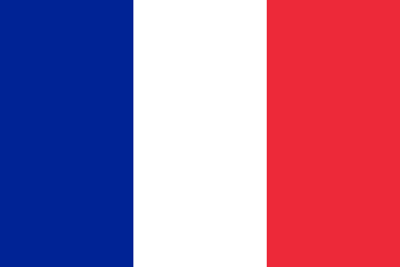 Francais
Francais
 Nederlands
Nederlands
 Svenska
Svenska
 Norsk
Norsk
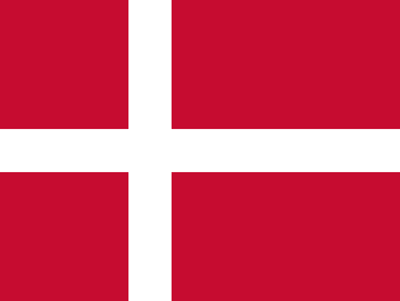 Dansk
Dansk
 Suomi
Suomi
 Espanol
Espanol
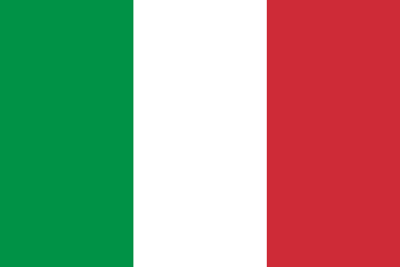 Italiano
Italiano
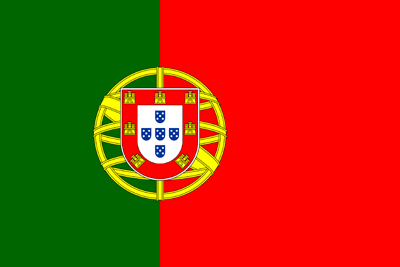 Portugues
Portugues
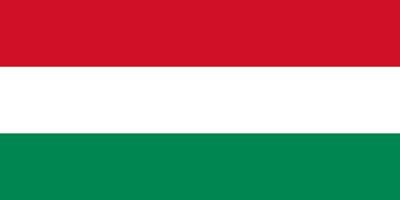 Magyar
Magyar
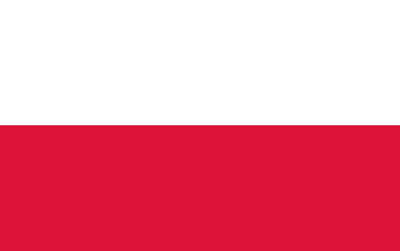 Polski
Polski
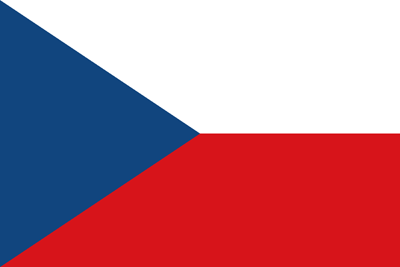 Cestina
Cestina
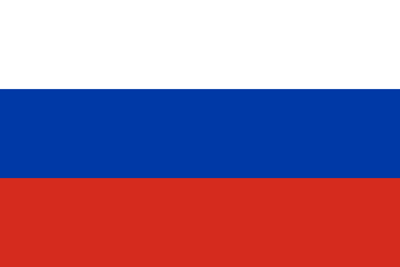 Русский
Русский